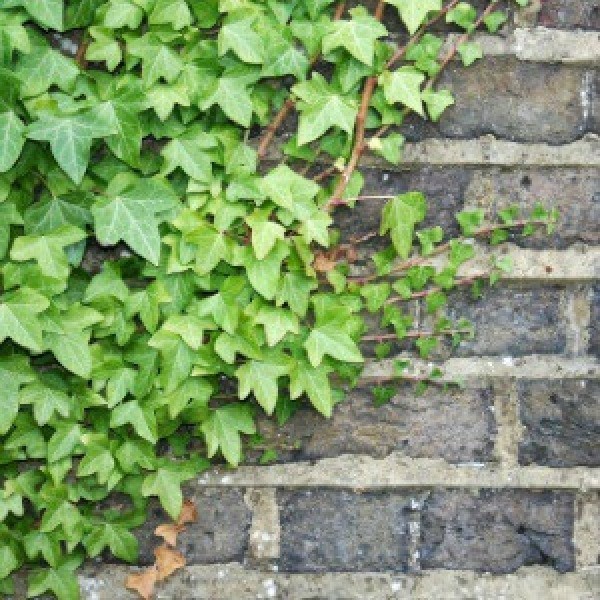Unfortunately not all plants are a good choice for vinyl pergolas.
Is it bad to grow ivy on vinyle siding.
The answer is both yes and no depending on the type and condition of the material the ivy is growing on.
Plants like boston ivy suction onto surfaces with adhesive pads allowing them to go up and under the wood.
Siding that is in good condition should not experience any damage from the ivy suckers but older or weathered siding may experience some cosmetic marring.
Another concern about growing vines on siding is that they create moisture between the plant and home.
This moisture can lead to mold mildew and rot on the home itself.
Decided to try magic eraser and while it takes elbow grease it completely removed the sucker marks.
When the aerial roots are removed paint and pieces of stucco may come off with it.
It can also lead to insect infestations.
I tried scraping them off and used a wire brush to remove them but didn t put a dent in the problem.
We had boston ivy growing on white vinyl siding and metal trim of garage the little black sucker marks were impossible to remove.
Depending on the surface ivy growing up a wall may lend character as well as weather protection to a wall or it may cause serious damage.
Using boston ivy on siding has several drawbacks.
Any siding having seams like vinyl or shakes are vulnerable to penetration by ivy roots which can cause damage both as the ivy is growing and when it is pulled off.
What kind of damage does ivy cause to a home s exterior.
Climbing vines are more likely to cause issues on wood siding and in damp climates.
As with many other surfaces climbing ivy becomes a problem on stucco when you try to remove it.
As the vigorous ivy clings and climbs it creeps underneath siding and seeks out cracks.
Vines can slip beneath spaces in between siding and shingles and ultimately pull them away from the home.
Some climbing plants are more trouble than they re worth.
They can cause damage overrun your yard or swallow up the rest of your garden.
Shake or vinyl siding.
Ivy roots take hold in cracks and crevices but they generally aren t strong enough to create them.

